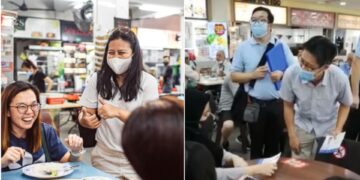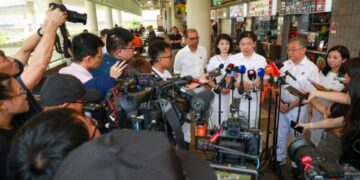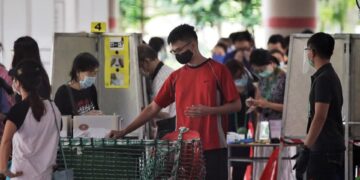Take away a portion of ‘cai fan’ (rice and dishes) in Singapore and the chances are it will be packed in a box made from extruded polystyrene, or more commonly known as Styrofoam or Blue Board. But despite evidence of its hazardous impact on wildlife and the environment, it remains ubiquitous in its various forms; carrying anything from cooked food to coffee, raw seafood to fresh vegetables. Considering that several cities in the United States have imposed a ban on polystyrene packaging, TheHomeGround Asia asks whether it is time to ban it here too.
Coastal clean-ups in Singapore regularly result in volunteers of environmental groups collecting hundreds of bags of rubbish that can weigh up to a tonne. The usual culprits found include plastic items, like bottles, bags, straws and cutlery, cigarette butts and larger items, like jerry cans, mattresses and electrical appliances.
The other less measurable menace found in the flotsam and jetsam, entangled in beach fauna, mixed in with sand or drifting across the sea, is Styrofoam, a trademarked brand name for expanded polystyrene (EPS). By some estimates, the world produces more than 14 million tonnes of this non-biodegrable, petroleum-based product every year to make single-use consumer goods. Since it cannot be recycled, much of it ends up in landfills or incinerated, or if not disposed of properly, as litter.
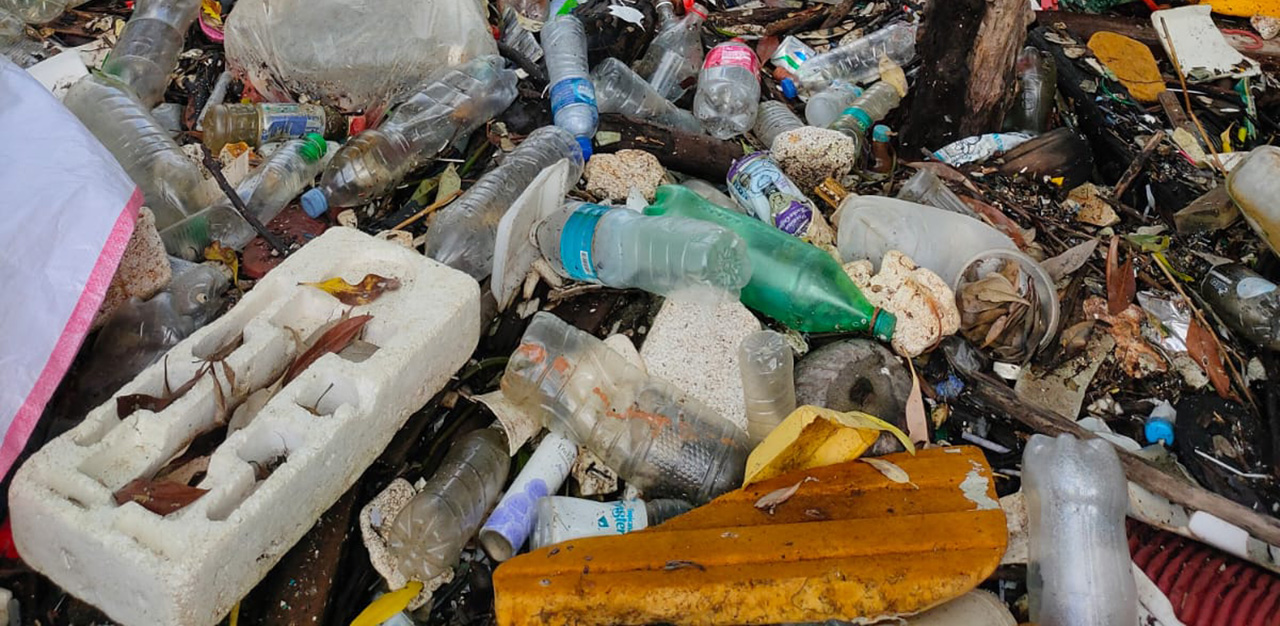
While its insulating and lightweight qualities make this plastic foam a popular material for single-use packaging, they are also the reasons why it is hard to remove from and pollutes the environment when left to degrade in nature. According to the Society of Environmental Journalists, EPS does not go away for a “very, very long time” and “breaks down into little cells” that can be consumed by land-based or aquatic and marine creatures.
“White Styrofoam floats so it follows the tide, [making] it more prominent,” explains long-time environmental advocate Grant Pereira. “It breaks up very [quickly] into small pieces, and wherever you have fish farms that transport fish using Styrofoam boxes… there’s plenty of this pollution.”
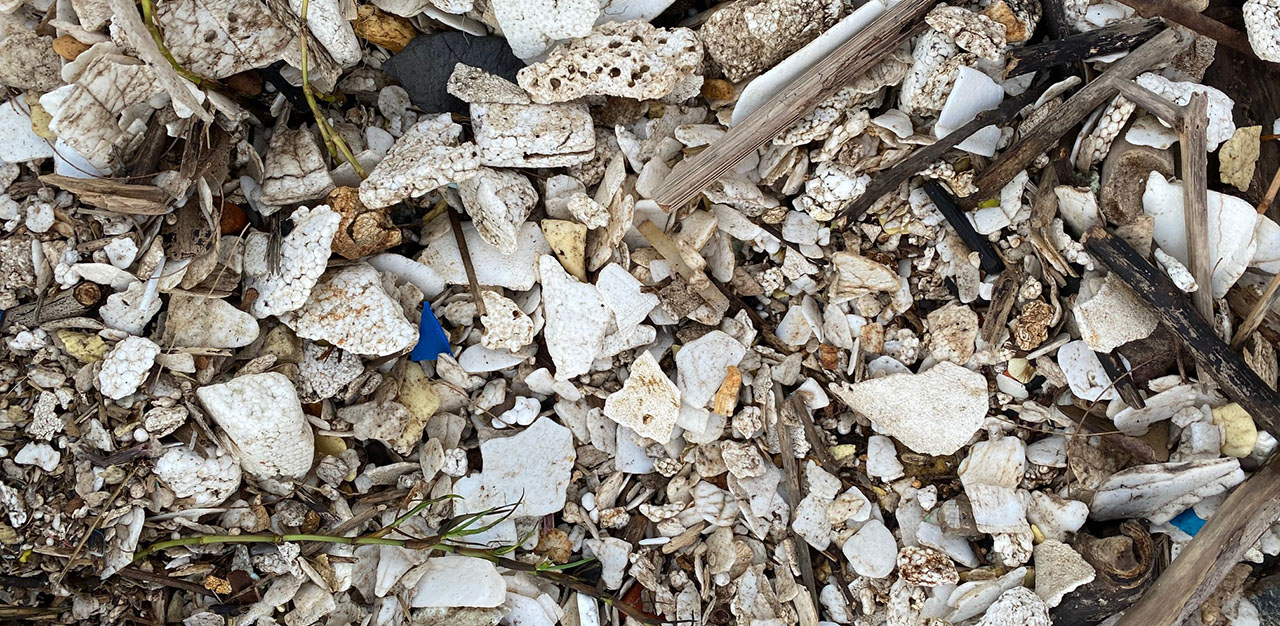
Why is use of expanded polystyrene still permitted in Singapore?
Mr Pereira, who used to run the former Green Volunteers Network at the Singapore Environment Council for 12 years, thinks the Government should ban both EPS and plastic bags, but that there is a lack of political will to do so.
“The Singapore Government doesn’t even have the guts to ban plastic bags…Penang has done so, Australia…You can write as much as you want but how can we expect them to ban Styrofoam when they can’t even ban plastic bags?”
Efforts have been made to discourage the use of EPS packaging, especially among hawkers, but an outright ban has so far not been an option.
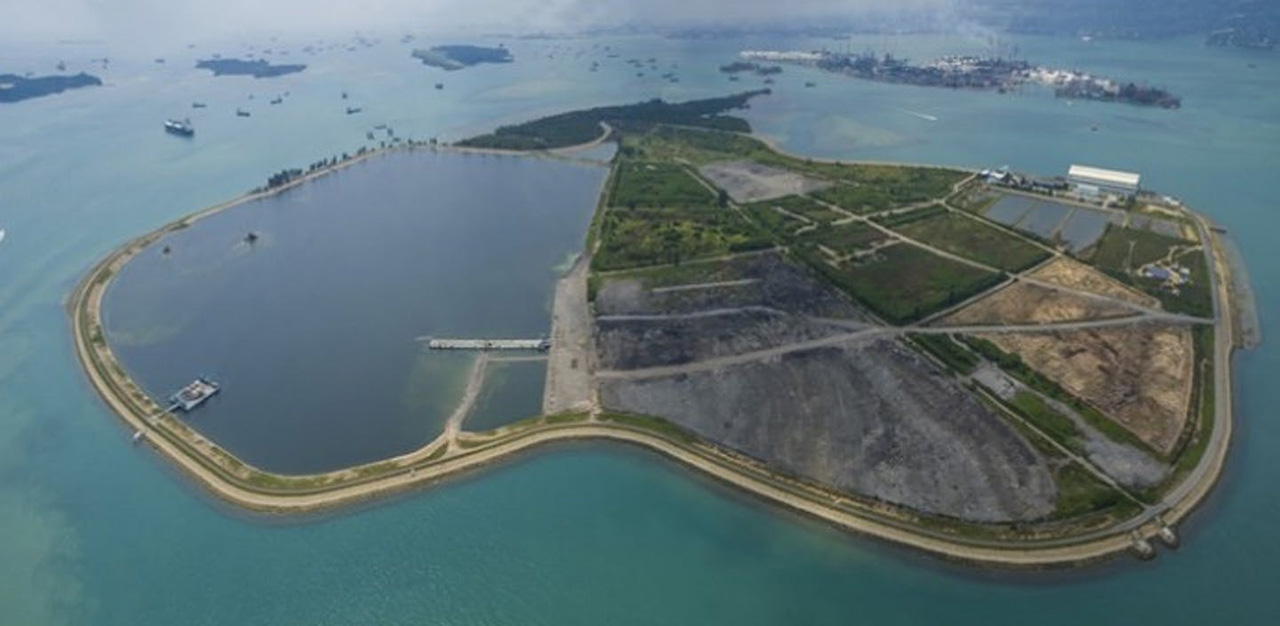
In 2016, the then Senior Minister of State for the former Environment and Water Resources, Amy Khor, recognised that polystyrene foam packaging was a concern in some countries where waste is landfilled. But reassured Singaporeans that all incinerable waste, including EPS, was disposed of safely.
Dr Khor says that there were benefits to switching to greener options, but these must be weighed against factors like “the cost of alternatives’ and “inconvenience to hawkers and consumers”.
Concerns surrounding a ban on Styrofoam
These sentiments were echoed by Andrew. The hawker pointed out that the cost of using newer, more sustainable forms of packaging would have to be compared against daily sales and the prices at which items are sold.
“Unless it’s not advisable to use Styrofoam by law, we would still use Styrofoam,” he says.
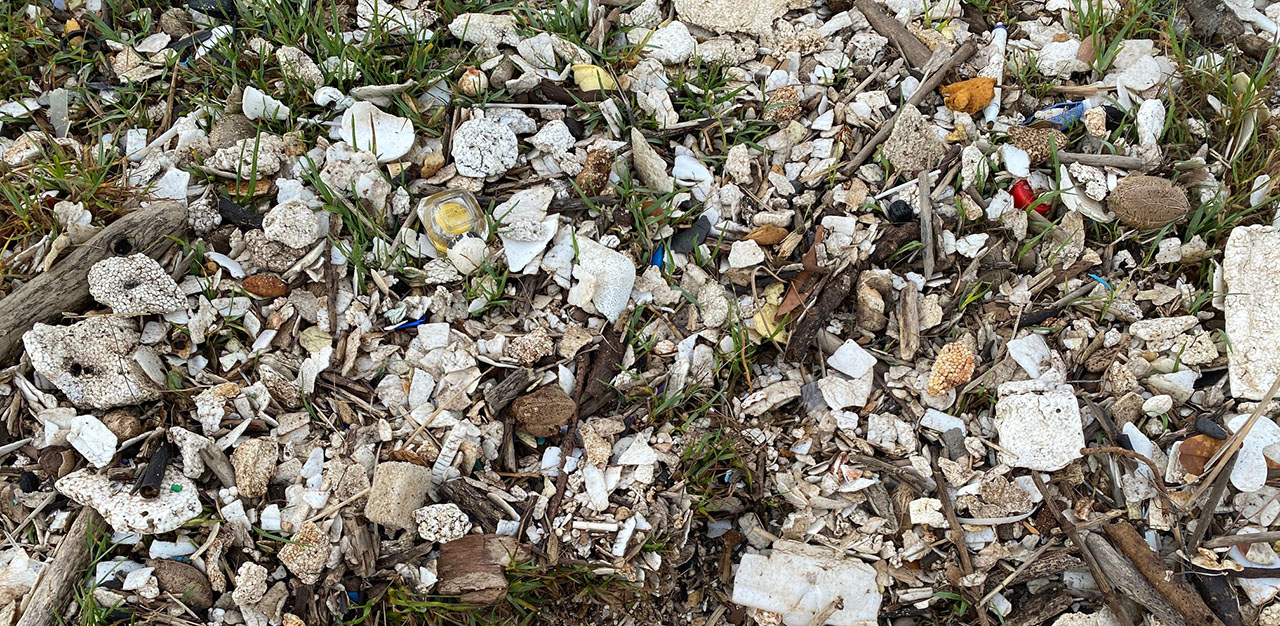
Another vendor, who sells fruit, shares Andrew’s concern about costs. He also points to the convenience of Styrofoam packaging: “Customers can consume the food immediately after purchase,” he says.
Polystyrene foam packaging is more cost-effective than earth-friendly alternatives, such as biodegradable corn or recyclable paper. A check online for wholesale prices shows a price difference of about one and a half times.
Changing to more sustainable options would also require a shift in mindset.
Kathy Xu, Founder and Director of ecotourism project The Dorsal Effect, suggests taking smaller steps to alleviate the problem.
“I wonder if giving subsidies for eco and biodegradable packaging could be an option?” she asks.
Mr Pereira agrees and suggests providing subsidies for customers who bring reusable containers: “Nowadays more people, especially young Singaporeans, bring their own containers. There should be some initiative [incentive] for them.”
He gives an example: “If it’s S$3 (US$2.20) for packed food, the hawker charges them 2.70, a 10 per cent discount, or whatever. And he collects this 30 cents from the Government. And that’s the incentive for the hawker not to encourage usage of plastic bags and Styrofoam. So there’s no skin off the hawkers’ budget.”
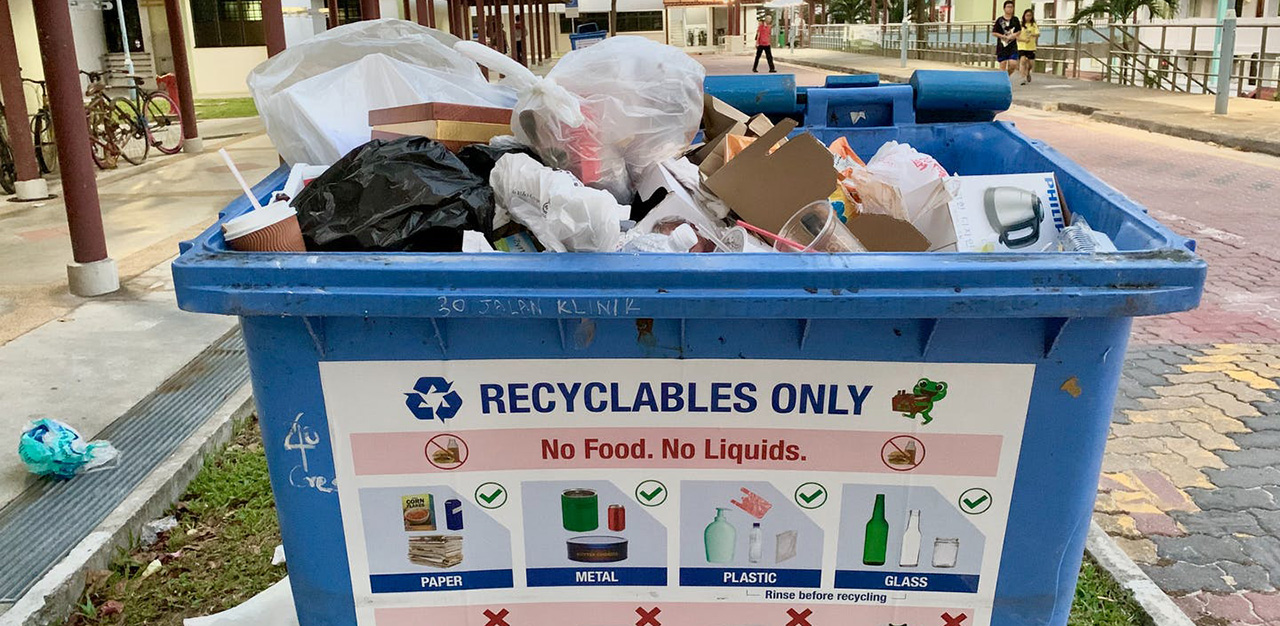
Current efforts to address the issue with Styrofoam
Aside from existing government-led campaigns against littering with imposable penalties, on-ground support for a ban has been gaining momentum, albeit slowly, as some have lamented.
In 2020, a petition was organised on Charge.org in favour of a ban on single-use plastic and Styrofoam in supermarkets and eateries in Singapore. The page has seen 3,424 sign-ups, showing an increased awareness among Singaporeans about the adverse effects of using polystyrene foam and a desire for a change.
Ground-up movements have also played a key role in preventing the detrimental effects of improper waste disposal. Civic groups such as SG Beach Warriors, Green Nudge and International Coastal Cleanup Singapore organise regular cleanups to clear local and washed-up rubbish in coastal areas.
The road ahead
Given the challenge of attaining tangible results from current measures to reduce the use of plastic foam packaging, Ms Xu suggests exploring a more holistic approach towards the environment, rather than focusing on singular issues.
Highlighting how environmental issues are related to each other, she raises this possibility: “With a reverence for nature imbued into education and political systems, [perhaps] people will begin to appreciate the interconnectedness and complexity of things rather than resort to stop-gap measures.”
Not known to shy away from expressing his views, Mr Pereira insists that the main responsibility invariably lies with the country’s leadership.
“Single-use plastics should have been banned a long time ago – if you want to talk about how smart Singapore is leading the way and all that,” he states. “When it suits us we can be number one. When it doesn’t suit us we close one eye and turn away.’’
He quips, “The government should, sorry for a lack of a better expression, have more balls.”
Join the conversations on THG’s Facebook and Instagram, and get the latest updates via Telegram.



